bird's eye view

Ronnie Cutrone was an American pop artist known for his large-scale paintings of some of America's favorite cartoon characters, such as Felix the Cat, Pink Panther and Woody Woodpecker. Cutrone's paintings are colorful, lively, and less challenging than those of his contemporaries. As Andy Warhol's assistant at the Factory atop the Decker Building from 1972 until 1980, Cutrone worked with Warhol on paintings, prints, films, and other concepts, eventually co-opting Warhol's earliest work (pre-1960) as well as works by Roy Lichtenstein and others, until finally distilling those myriad influences into the style a few critics eventually labeled "Post-Pop". Together with Kenny Scharf, Cutrone revived the comic strip in painting. By using established comic characters such as Woody Woodpecker and Felix the Cat, Cutrone rephrased themes of originality and authorship, and of low-brow taste and fine art which makes him directly indebted to Pop Art of early Sixties.


Félix Vallotton, a Swiss-born French graphic artist and painter, is recognized for his distinctive woodcuts and paintings of nudes and interiors. Vallotton's journey into art began in Paris, where he attended the Académie Julian, fostering a unique style that broke from traditional norms. His early works, characterized by extreme realism, were showcased at the Salon des Artistes Français and the Paris Universal Exposition of 1889. This period also marked Vallotton's encounter with Japanese prints, notably those by Hokusai, profoundly influencing his artistic direction.
In 1892, Vallotton joined Les Nabis, a group of avant-garde artists including Pierre Bonnard, Maurice Denis, and Édouard Vuillard, which led to a significant evolution in his style. His paintings from this era, such as "Bathers on a Summer Evening" and "Moonlight," exhibited at the Kunsthaus Zürich and the Musée d'Orsay respectively, reveal a departure from realism towards a more symbolic and abstract representation. The works from this period are characterized by flat areas of color, hard edges, and simplified details, mirroring the style he developed in his woodcuts.
Vallotton's woodcuts, like "Intimités" (Intimacies), a series published in 1898, showcased his mastery in capturing the nuances of human relationships, particularly the tensions between men and women. His graphic art, which included depictions of domestic scenes, bathing women, and street crowds, was not just celebrated in Europe but also influenced artists like Edvard Munch, Aubrey Beardsley, and Ernst Ludwig Kirchner.
Towards the end of his career, Vallotton continued to innovate, combining elements of realism and abstraction, evident in paintings like "La Malade" (The Sick Girl) and "Clair de lune" (Moonlight). His works remain a testament to his ability to merge technical precision with a poignant exploration of human emotions and societal themes.
For art collectors and experts, Vallotton's body of work offers a rich and diverse exploration of early 20th-century art movements, especially his role in the development of modern woodcut techniques and his contribution to the Nabis movement. His works are a study in the fusion of realism and symbolism, marked by a distinctive style that makes his art enduringly relevant and compelling.
For those interested in discovering more about Félix Vallotton and staying updated on related product sales and auction events, signing up for updates is a great opportunity. This subscription will exclusively alert you to new sales and events pertaining to Vallotton's works, ensuring you remain informed in the dynamic world of art and antiques.



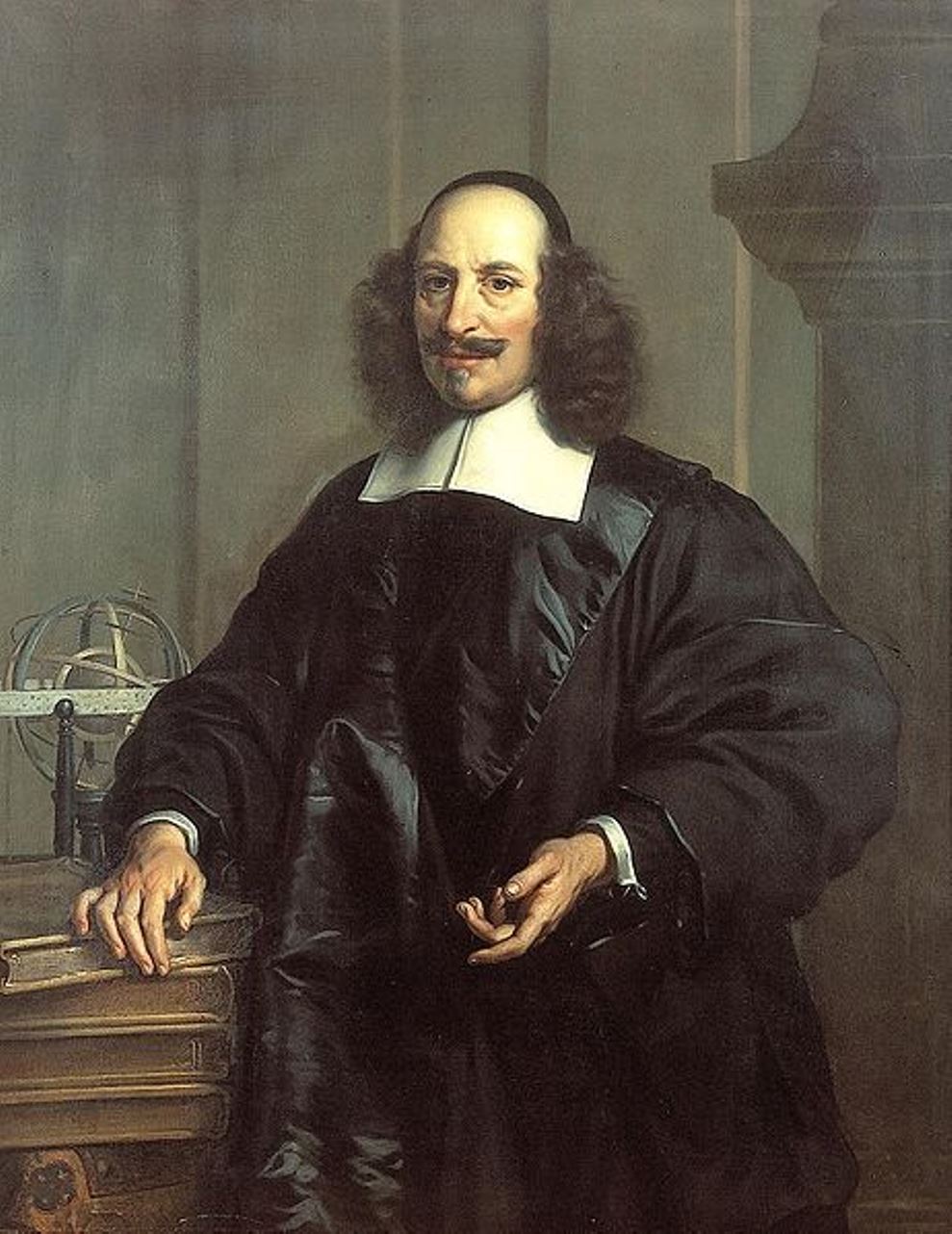
Jan (Joan) Willemsz. Blaeu was a Dutch cartographer, publisher and judge.
Jan was born into the family of the cartographer and publisher Willem Janszoon Blaeu (1571-1638). He studied in Leiden, where he earned a doctorate in law, and in Padua. He then began to assist his father, who was engaged in the manufacture of globes and maps. After his father's death, Jan, together with his brother Cornelius, continued his work, and succeeded him as cartographer for the Dutch East India Company.
In 1651 Blaeu was elected to the Amsterdam city council and later appointed as a judge. At the same time, he was engaged in his publishing business: he continued to publish volumes of Atlas novus, which contained maps of English counties and, for the first time, an atlas of Scotland, as well as one volume of maps of the Far East.
Blaeu did not have time to complete his most ambitious project, but it made him famous as the author of the famous 11-volume Dutch atlas. Based on his previous maps, Blaeu created the Great Atlas (Atlas Maior) - it contained nearly 600 maps and a total of 3,000 pages of Latin text - and was published in 1662. Blaeu's maps were groundbreaking for their time because they were created in accordance with the heliocentric theories of Nicolaus Copernicus.
In 1672, a great fire in Amsterdam destroyed Blaeu's workshop, and the cartographer died a year later, apparently never recovering from this stroke of fate.


























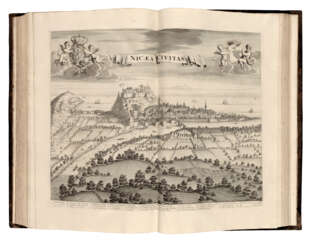






















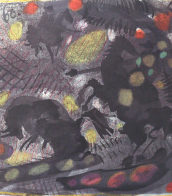


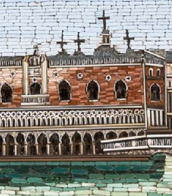
























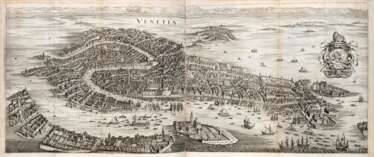

![[GENOVA] - FRANSONE, Agostino (1573-1658) - Nobiltà di Genova di Agostino Fransone del fu Tomaso nobile genovese all'ill.mo & ecc.mo signor prencipe Doria. Genoa: Giovanni Calenzano e Giovanni Maria Farroni, 1636.](/assets/image/picture_1242390/8d79d/0ynlohflkq0w4qpe0rbp2lukkqn6t1uh-hp1xxqs7twmjztjrvk-bqtuphyel8zj1608651686jpg__fix_374_244.jpeg)
![[GENOVA] - FRANSONE, Agostino (1573-1658) - Nobiltà di Genova di Agostino Fransone del fu Tomaso nobile genovese all'ill.mo & ecc.mo signor prencipe Doria. Genoa: Giovanni Calenzano e Giovanni Maria Farroni, 1636.](https://veryimportantlot.com/assets/image/picture_1242390/8d79d/0ynlohflkq0w4qpe0rbp2lukkqn6t1uh-hp1xxqs7twmjztjrvk-bqtuphyel8zj1608651686jpg__fix_374_244.jpeg)


